
Massachusetts’ second-largest health insurer slashed 364 jobs in 2025—nearly 10% of its workforce—while approving 12.6% premium hikes for 90,000 members.
CEO Patrick Gilligan warned, “Employers are indicating they can’t continue this way. Providers need to grasp the reasons behind our inability to sustain this model.” The cuts coincide with Blue Cross offering buyouts to 750 employees and over half the state’s hospitals operating in the red.
With both major insurers under pressure, rising drug costs, and struggling providers, Massachusetts’ healthcare system faces an unprecedented financial crisis affecting hundreds of thousands. Could this be the start of a wider collapse?
A Statewide Insurance Shake-Up
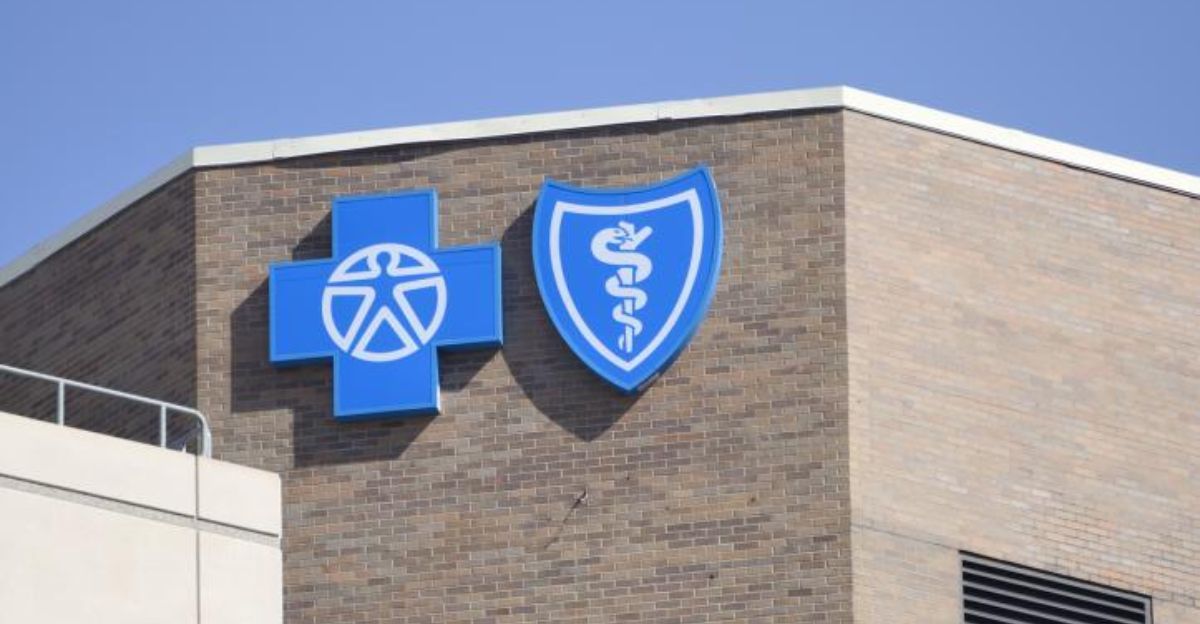
Massachusetts’ health insurance sector faces turmoil unseen since the late 1980s. Blue Cross Blue Shield Massachusetts, for example, offered voluntary buyouts earlier this month, targeting 750 employees—18% of its workforce—mostly long-tenured staff aged 55+.
Combined with layoffs at a second top insurer, over 1,100 insurance workers statewide faced exits in a single month. Hospitals, insurers, and employers all feel the ripple effects.
Hospitals Operating in the Red
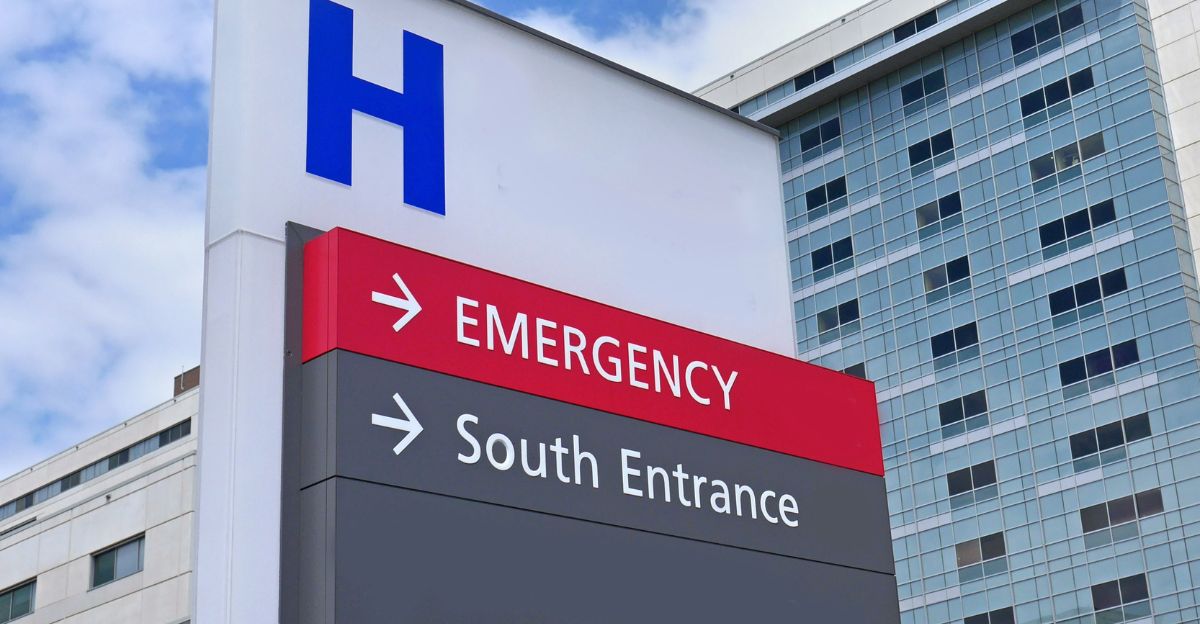
Financial strain extends beyond insurers. In 2024, 61% of Massachusetts acute care hospitals reported negative margins, while 74% of hospital health systems—including affiliated practices—lost money overall.
The state has injected $651 million in emergency aid over two years to prevent closures. Even with this support, many facilities teeter on the brink, adding pressure to insurers already struggling with rising costs.
Specialty Drug Costs Fuel a Financial Storm

Massachusetts insurers face an unprecedented surge in specialty medication costs. GLP-1 drugs for diabetes and weight loss, plus high-cost oncology, autoimmune, and cardiac treatments, are driving dramatic spending spikes.
Blue Cross Blue Shield Massachusetts alone increased GLP-1 spending from $75 million in 2023 to $200 million in 2024, adding enormous strain to budgets. Other insurers face similar pressures, creating a statewide financial squeeze.
So, which insurer is bearing this brunt?
The Hidden Insurer Behind the Crisis

Massachusetts’ second-largest health insurer, Point32Health—the parent of Harvard Pilgrim Health Care and Tufts Health Plan—has quietly become the epicenter of the state’s insurance upheaval.
This year alone, the company has cut 364 jobs—110 in March and 254 on Monday, 20 October—representing 9.8% of its 3,700+ workforce. This marks the largest single-year downsizing in company history, leaving families and employers bracing for rising premiums as specialty drug costs surge
GLP-1 and Specialty Drugs Driving Losses
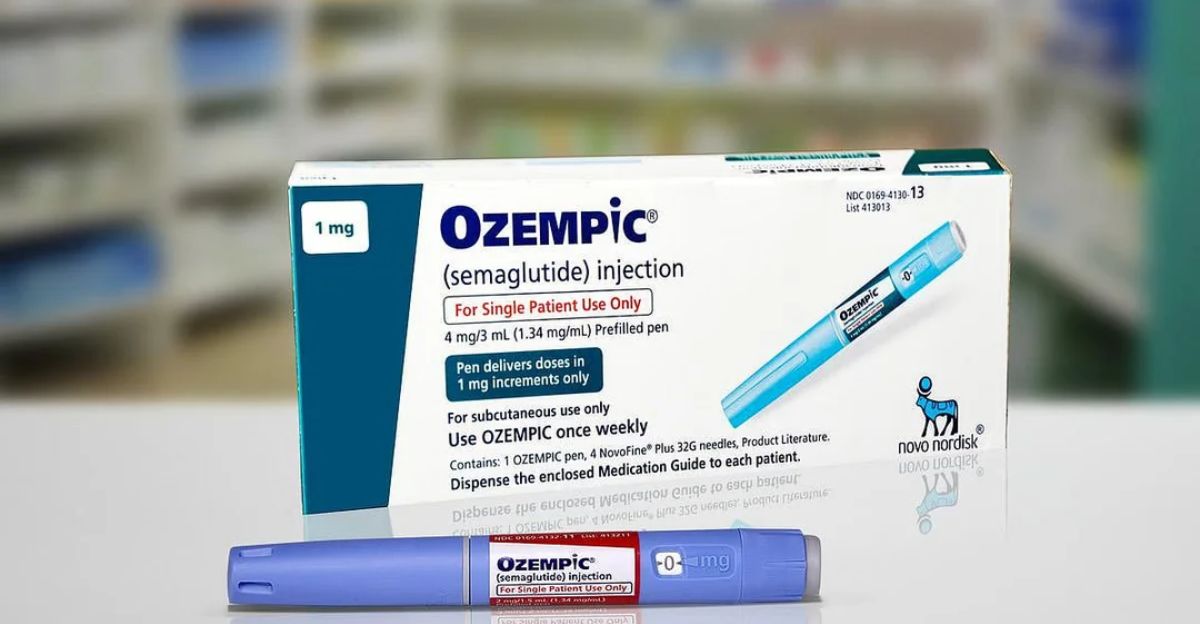
High-cost medications are central to Point32Health’s financial stress. GLP-1 drugs like Ozempic and Wegovy, along with targeted immunomodulators, oncology treatments, and cardiac amyloidosis therapies, are surging.
Even 5–10% adoption of GLP-1 drugs could expose Point32Health to $1.2–2.4 billion in annual spending. These skyrocketing costs dwarf workforce savings and premium hikes, raising the question: can the insurer realistically cover its members’ needs without further cuts?
Hospitals and Providers Under Pressure

Over half of Massachusetts hospitals operate at a loss, with 74% of hospital health systems reporting negative margins. Acute care hospitals’ median operating margin fell to -2.0% in 2024, increasing tension with insurers.
Providers demand higher reimbursements while insurers struggle to pay. Employers resist additional costs, creating a three-way deadlock. This standoff suggests the financial strain isn’t isolated—Massachusetts’ entire healthcare system is teetering.
Financials Show Revenue-Cost Imbalance

Point32Health reported $96 million operating loss through June 2025 on $4.9 billion revenue. Revenue grew 4.3% from 2024, yet costs, mainly drug-related, outpaced gains by $140+ million.
This arithmetic reveals a stark reality: premium hikes and layoffs only partially offset rising medical costs. Without major structural change, losses may continue. But is there any strategy that could reverse the trend in 2026?
CEO Patrick Gilligan’s Turnaround Plan

Gilligan’s two-year strategy emphasizes cost control and internal efficiency. Workforce reductions save ~$50–60 million, while premium increases bring in ~$192 million.
However, these measures address less than half the operating loss and a fraction of GLP-1 exposure. Gilligan’s approach signals tough times ahead, as the company navigates unprecedented pressures from hospitals, employers, and rising drug costs.
“Employers Can’t Continue This Way”

“Employers are indicating they can’t continue this way. Providers need to grasp the reasons behind our inability to sustain this model,” expressed Gilligan.
This statement highlights the structural strain on all stakeholders. Hospitals, insurers, and employers are locked in an escalating cost spiral, with consumers feeling the brunt. It also hints that policy solutions or industry-wide collaboration may be necessary to stabilize the system.
Premium Hikes Hit Millions of Members

Harvard Pilgrim members face a 12.6% increase for 2026, while Tufts Health Public Plan members see 11.5%. Combined, 277,687 merged market members face an estimated $192 million in additional annual costs.
Medicare Advantage seniors lose their zero-dollar PPO plan and see HMO options consolidated. The changes highlight a broader retrenchment in benefits for cost control.
Medicare Advantage Retrenchment
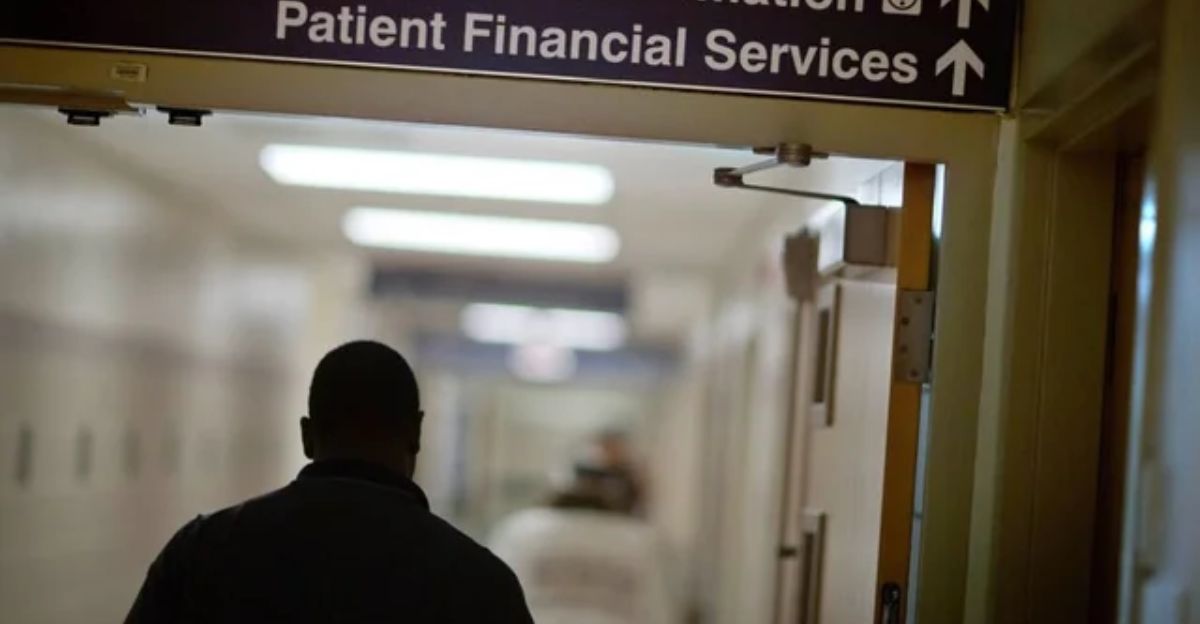
Point32Health eliminated its zero-dollar PPO plan and consolidated two HMO plans for 2026. Seniors now face more restrictive networks, a trend reflecting nationwide pullback from generous Medicare options.
This move reduces insurer exposure to high-cost care but limits patient choice, particularly for older adults. The question remains whether these benefit reductions will balance finances or merely postpone deeper restructuring.
The Workforce Reduction Math

Point32Health cut 364 jobs in 2025—110 in March, 254 in October—representing 9.8% of its 3,700-person staff. Estimated savings from these layoffs reach $40-60 million annually, but even combined with double-digit premium increases, the insurer remains unprofitable, highlighting a financial strain that simple cost-cutting cannot solve.
Is the Crisis Contagious?

The combined layoffs at Point32Health and Blue Cross place over 1,100 employees at risk in a single month. This simultaneous upheaval signals systemic fragility, not isolated mismanagement.
With hospitals losing money and insurers struggling with drug costs, the state’s healthcare sector faces cascading pressures. Policymakers and employers must weigh solutions carefully.
Patients Feeling the Squeeze

Massachusetts residents are bracing for rising healthcare costs. Members of Harvard Pilgrim Health Care and Tufts Health Public Plans face premium increases next year—about $1,512 more annually for those with $12,000 average premiums.
High-cost medications, like GLP-1 drugs, add $11,400–$16,200 per patient each year, pushing budgets far beyond what insurance covers.
Employers in the Crosshairs

Employers nationwide are confronting skyrocketing costs. In Massachusetts, small-to-midsize businesses fear they cannot afford group health plans in three years. Renewal increases are rising as high as 50%. The traditional cost-shifting model—passing higher premiums to employees—is at its breaking point, forcing employers to rethink benefits.
Federal and State Rate Oversight
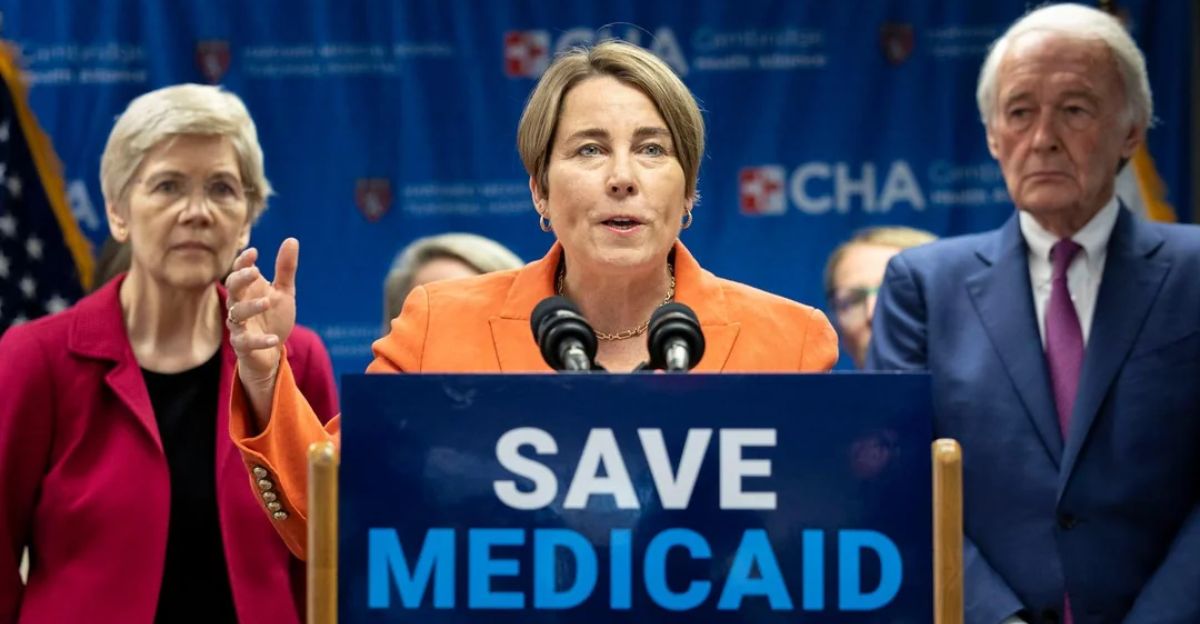
State regulators approved slightly lower 2026 premium hikes while rejecting Blue Cross Massachusetts’ proposed 12.9% increase as excessive. Governor Healey called insurer rates “simply unsustainable.” Federal reforms, like the Inflation Reduction Act, help Medicare patients, but the merged commercial market—where most premium increases hit—is unaffected.
A Nationwide Storm
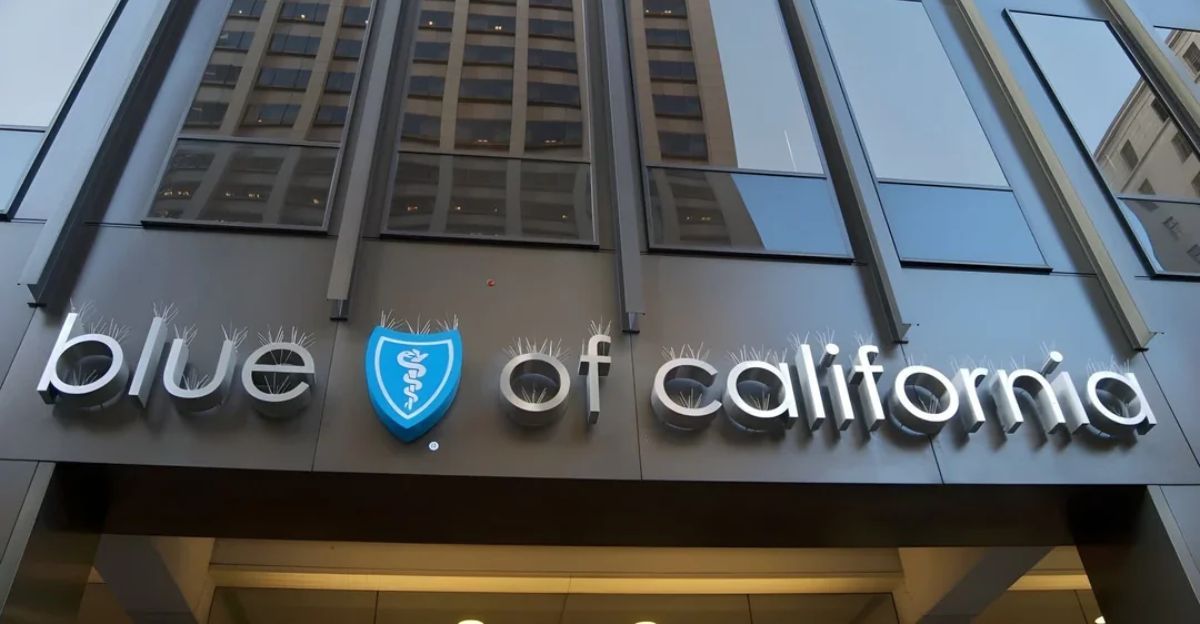
Massachusetts is not alone. Over 30 insurers cut jobs in 2025, including Blue Shield of California, CVS/Aetna, and others. Hospital closures surged—from Florida to Maine, Pennsylvania to Ohio—affecting thousands of workers. Rural Americans face unprecedented price hikes, with median premium increases of 18% and massive out-of-pocket spikes.
The Healthcare Cost Storm

Massachusetts and the broader U.S. face a perfect storm of rising premiums, soaring drug costs, hospital losses, and insurer layoffs. Even major cost-cutting measures fail to restore profitability.
For patients, employers, and providers alike, the system’s fragility is clear—without structural reform, financial pressures will only intensify, leaving all parties to navigate an increasingly unsustainable healthcare landscape.